Description
AOD 9604 Peptide Vials
| AOD 9604 | |
| CAS Number | 1202044-20-9 |
| Molar Mass | 1815.12 |
| Chemical Formula | C78H123N23O23S2 |
| IUPAC Name | L-tyrosyl-L-leucyl-L-arginyl-L-isoleucyl-L-valyl-L-glutaminyl-L-cysteinyl-L-arginyl-L-seryl-L-valyl-L-alpha-glutamyl-glycyl-L-seryl-L-cysteinyl-glycyl-L-phenylalanine (7->14)-disulfide. |
Introduction
AOD 9604 is a peptide fragment derived from the growth hormone, specifically the region responsible for fat metabolism. The product, AOD 9604 Vials, is designed exclusively for research purposes and should not be used for human consumption.
Key Characteristics
AOD 9604 Vials contain a synthesized peptide fragment with a molecular structure designed to investigate its potential effects on fat metabolism and related processes. These vials are carefully calibrated for research applications, adhering to strict ethical and scientific standards.
Research Applications
The primary focus of AOD 9604 Vials is on exploring its impact on fat metabolism, obesity, and its ability to mimic regenerative properties associated with growth hormone. Researchers utilize these vials to gain insights into cellular and molecular mechanisms, contributing to the advancement of scientific knowledge in the field of metabolic research.
Research Benefits
AOD 9604 May Inhibit Body Fat
Numerous studies suggest that AOD 9604 may have the potential to inhibit body fat accumulation that demonstrated significant reductions in adipose tissue mass in experimental models, supporting the hypothesis that AOD 9604 may play a role in inhibiting the buildup of body fat.
AOD 9604 and Obesity
In the realm of obesity research, AOD 9604 has shown promise and has explored the peptide’s impact on body weight and fat mass in obese animal models, indicating a potential avenue for further investigation in combating obesity-related issues.
AOD 9604 Mimics Regenerative Properties of Growth Hormone
AOD 9604 is believed to mimic some of the regenerative properties associated with growth hormones. Investigations have suggested that the peptide may contribute to tissue repair and regeneration, highlighting its potential in the realm of regenerative medicine research.
Summary
AOD 9604 Vials serve as invaluable tools for researchers aiming to expand our understanding of fat metabolism, obesity, and the regenerative properties associated with growth hormone. The carefully curated peptide fragments within these vials allow for controlled and ethical exploration of these physiological processes.
Disclaimer
This content is presented exclusively for educational purposes and should not be construed as medical advice. THE MATERIALS REFERENCED HEREIN ARE EXCLUSIVELY INTENDED FOR LABORATORY AND RESEARCH USE.
Any clinical research initiatives must be conducted under the guidance of the relevant Institutional Review Board (IRB). Similarly, preclinical research involving animals must comply with the directives of the Institutional Animal Care and Use Committee (IACUC), adhering to the standards delineated by the Animal Welfare Act (AWA).
Our informational content is meticulously designed for research-oriented insights and is not a substitute for individual analysis and verification from credible sources before any purchasing decisions are made.
Upon finalizing your order and payment, you explicitly acknowledge and agree to adhere to our Terms and Conditions. Customer contentment stands as our paramount concern. If you are dissatisfied with the product received, kindly contact us at 419-707-5450 or email our support team at [email protected].
IMPORTANT NOTICE: All products showcased on our platform are EXCLUSIVELY INTENDED FOR LABORATORY AND RESEARCH APPLICATIONS. They are expressly not intended for veterinary or human utilization.
References
- Cox HD, Smeal SJ, Hughes CM, Cox JE, Eichner D. Detection and in vitro metabolism of AOD9604. Drug Test Anal. 2015 Jan;7(1):31-8. doi: 10.1002/dta.1715. Epub 2014 Sep 10. PMID: 25208511. [Read More]
- Ng FM, Sun J, Sharma L, Libinaka R, Jiang WJ, Gianello R. Metabolic studies of a synthetic lipolytic domain (AOD9604) of human growth hormone. Horm Res. 2000;53(6):274-8. doi: 10.1159/000053183. PMID: 11146367. [Read More]
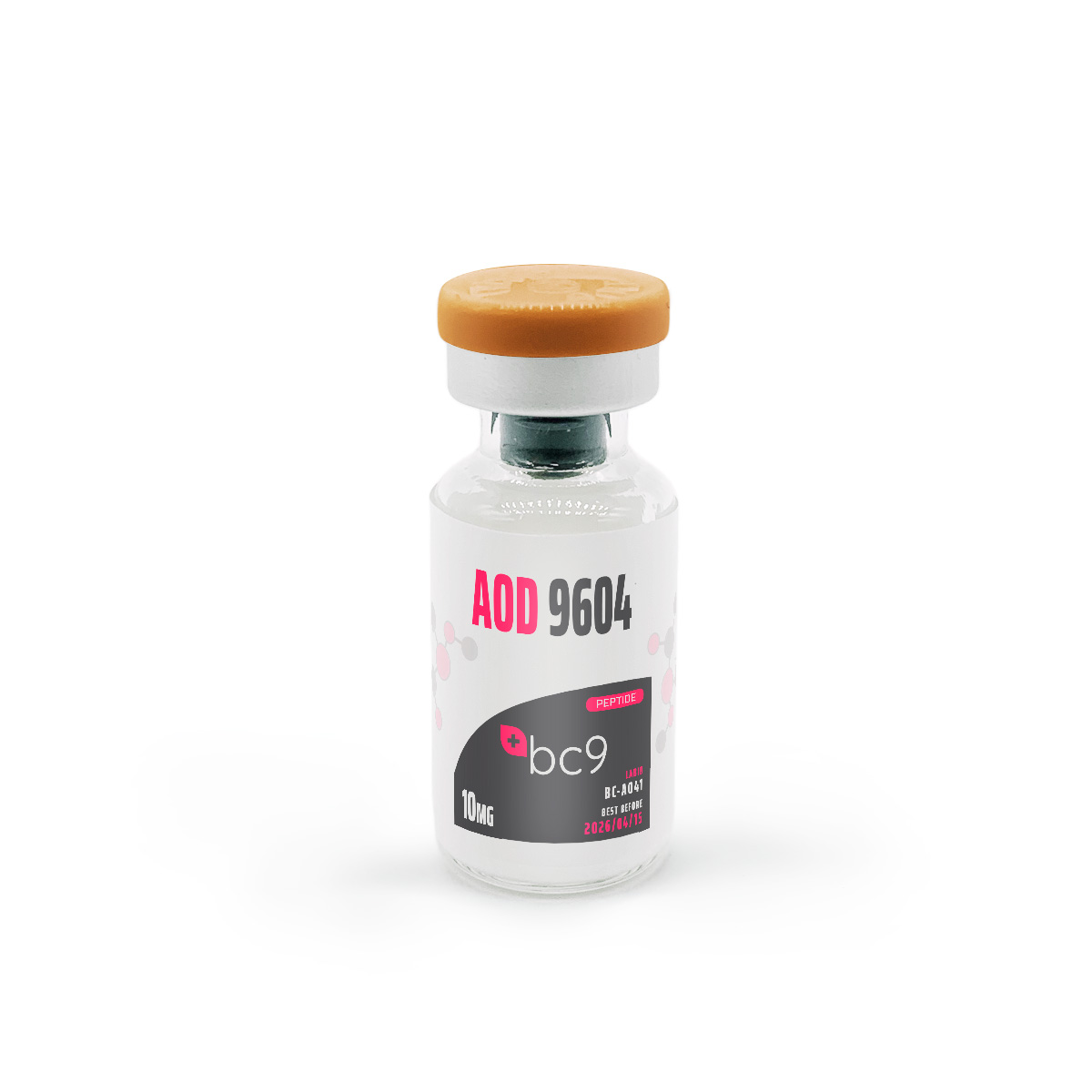
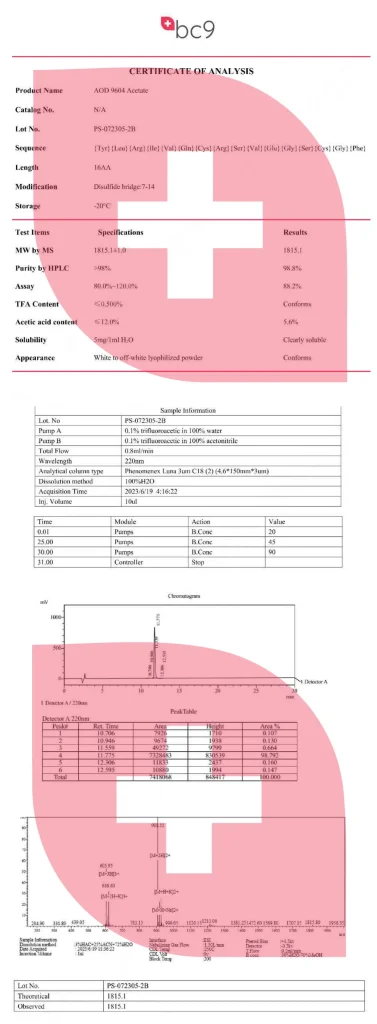
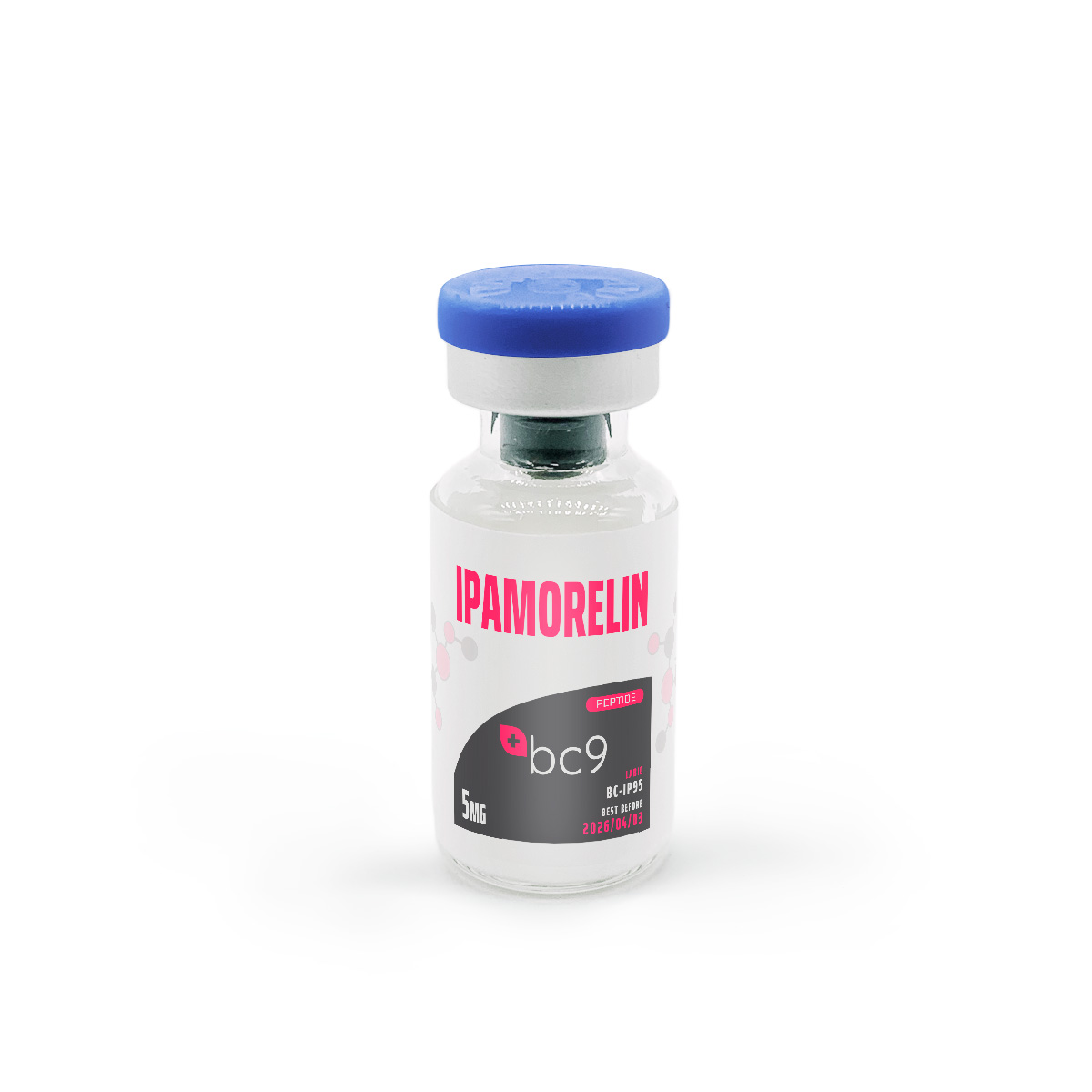
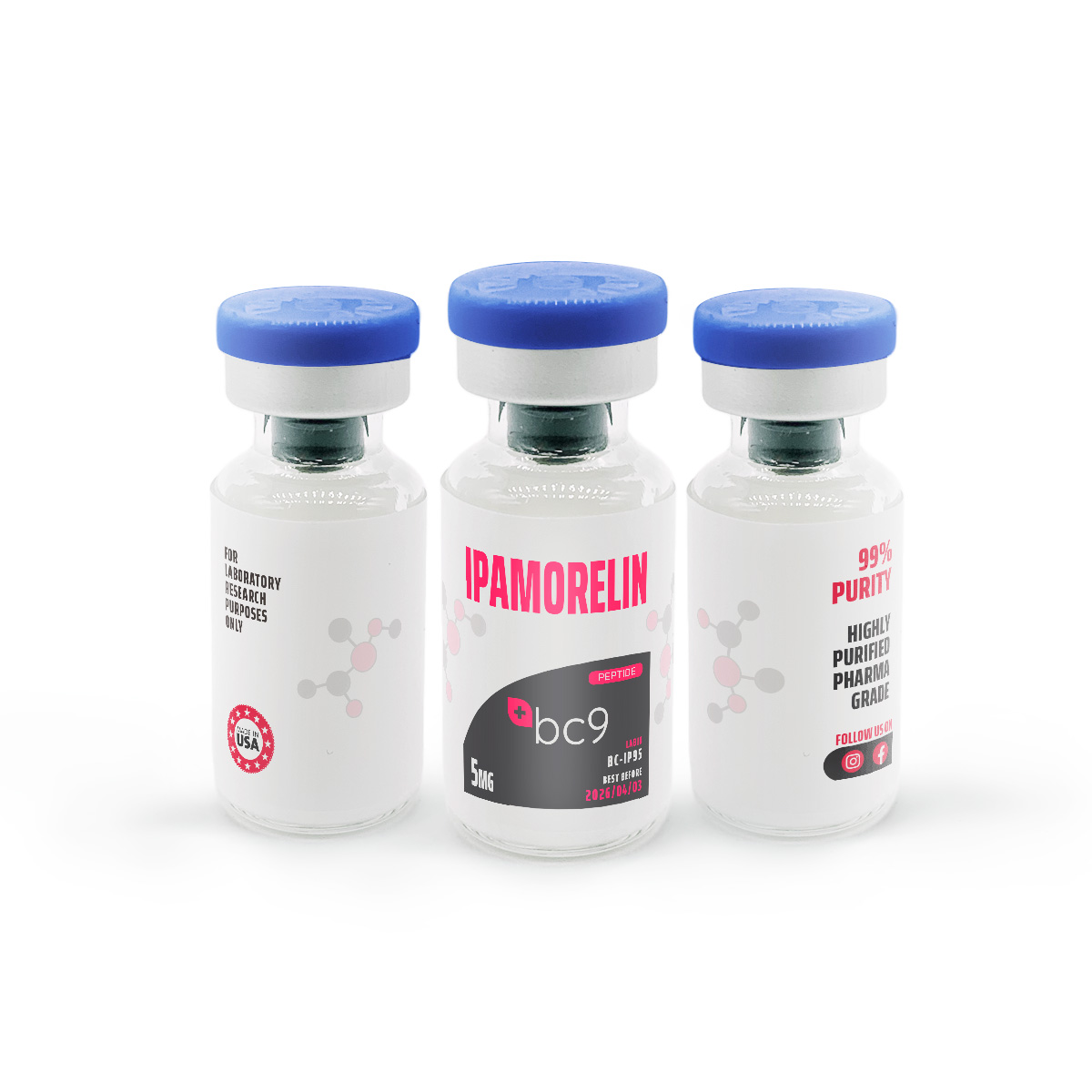
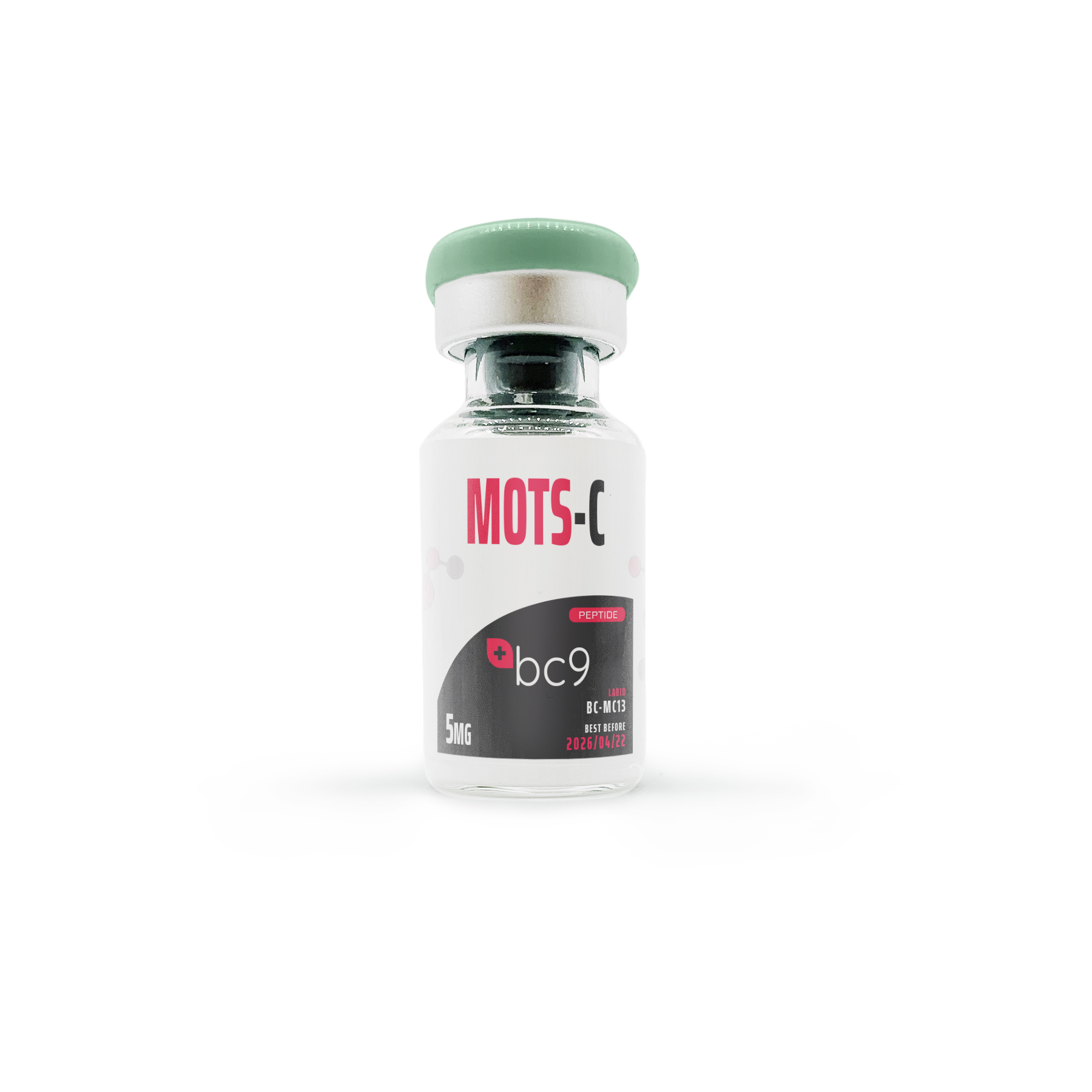
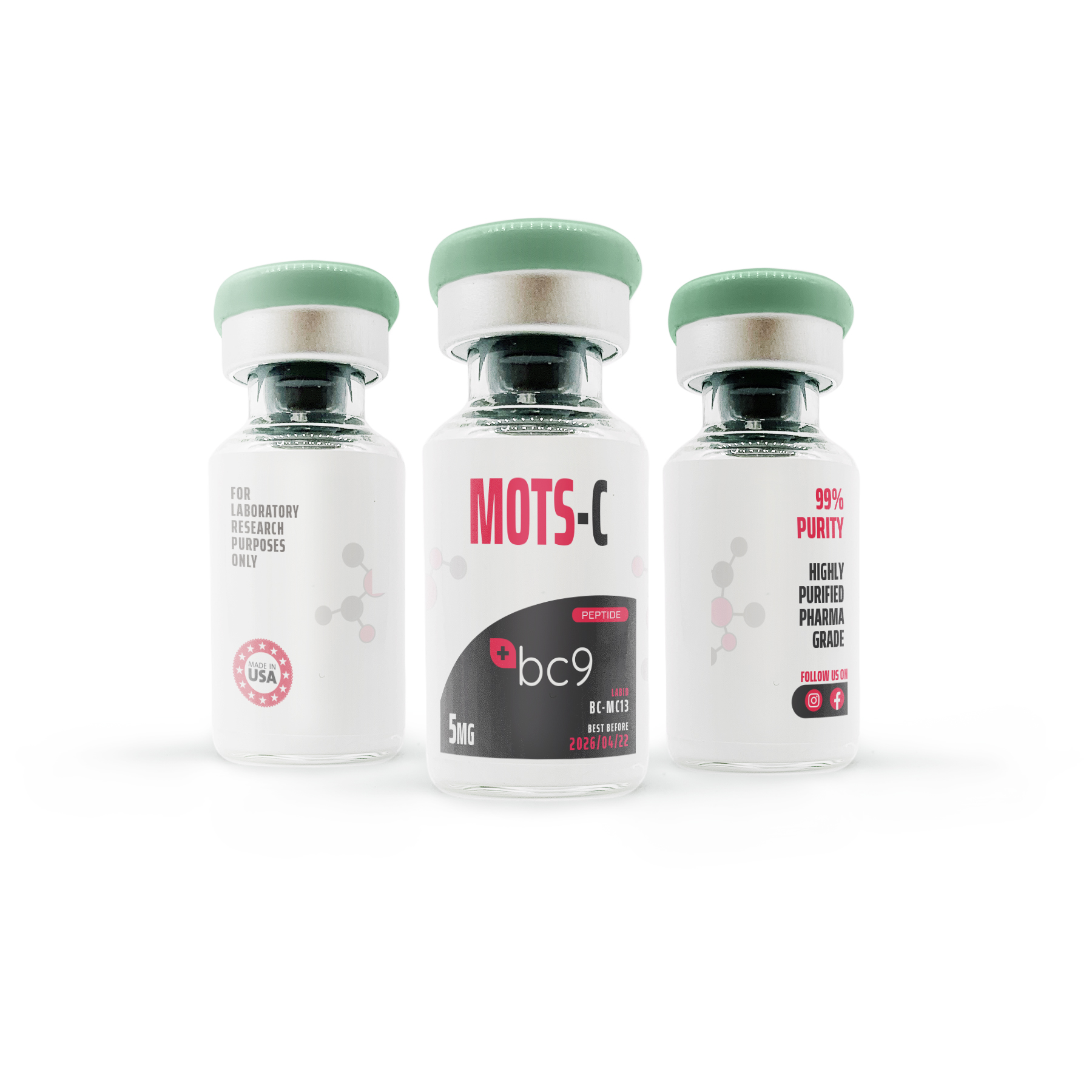
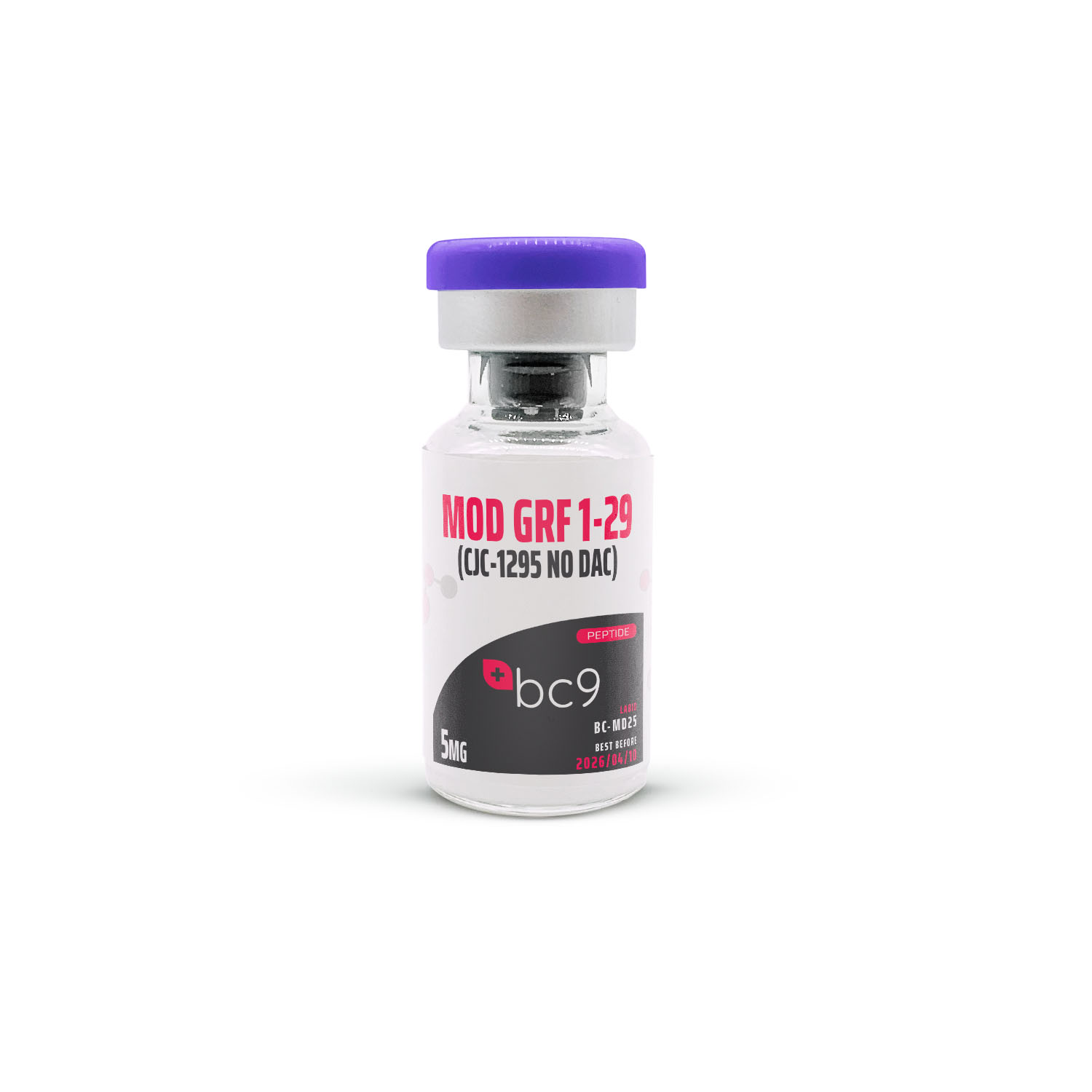
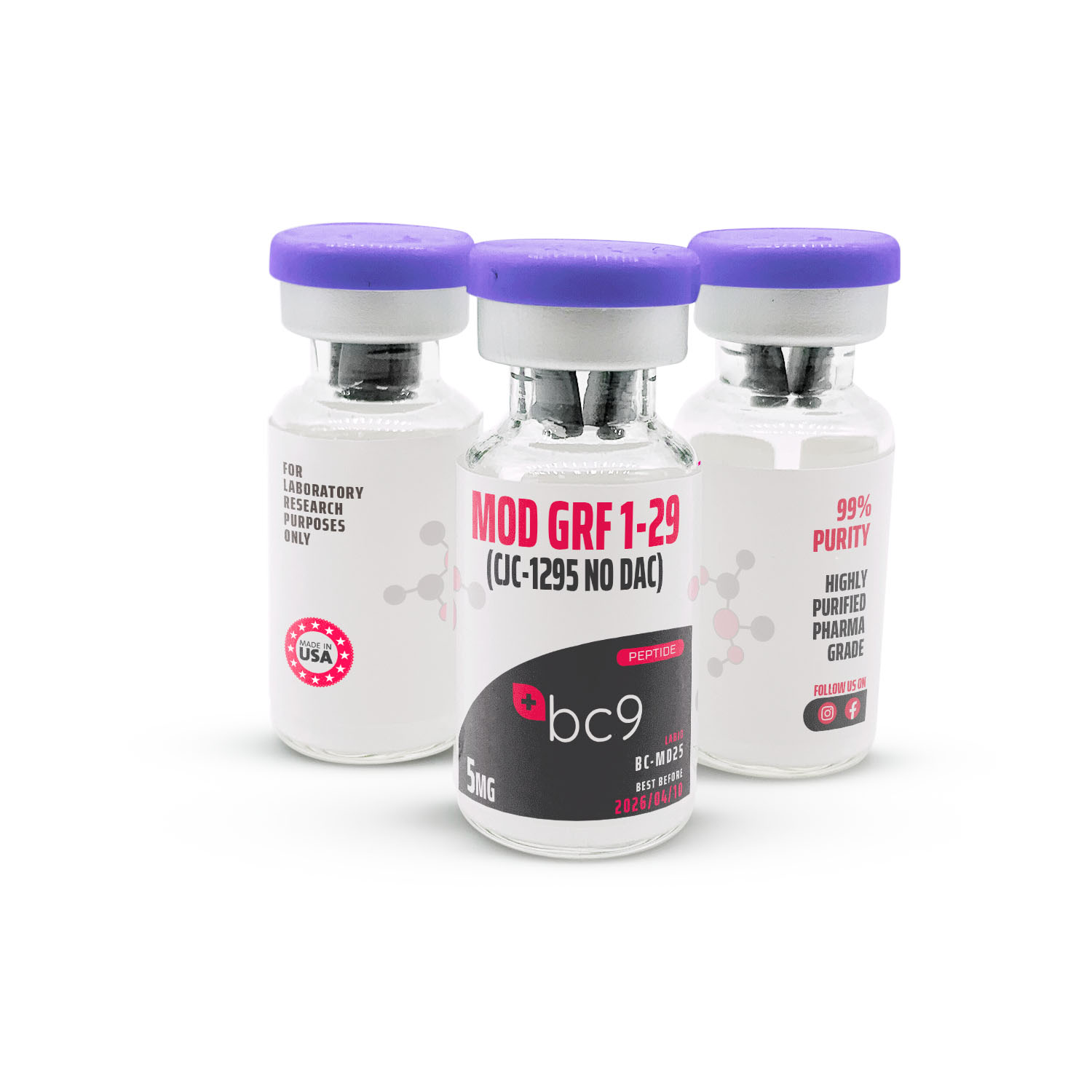
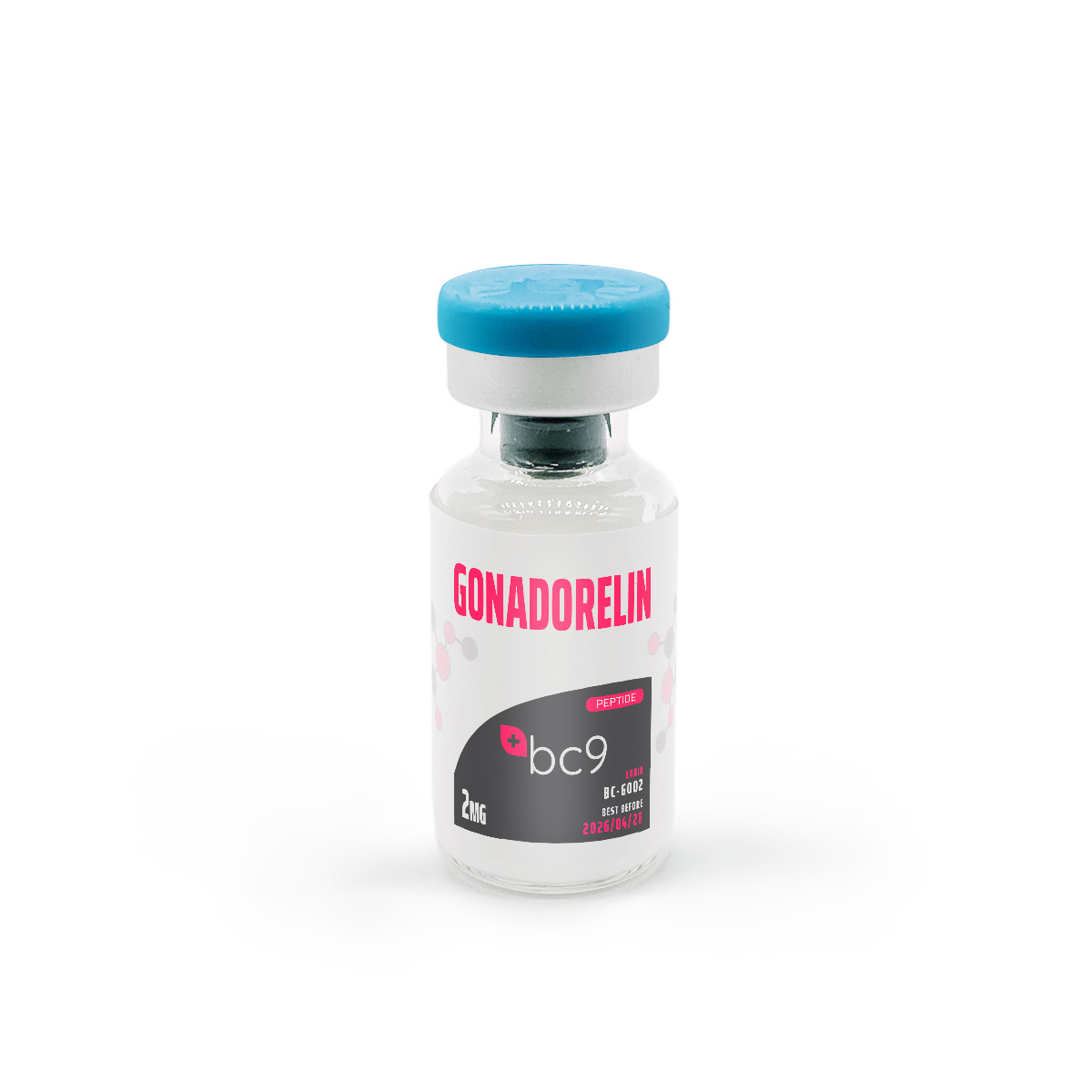
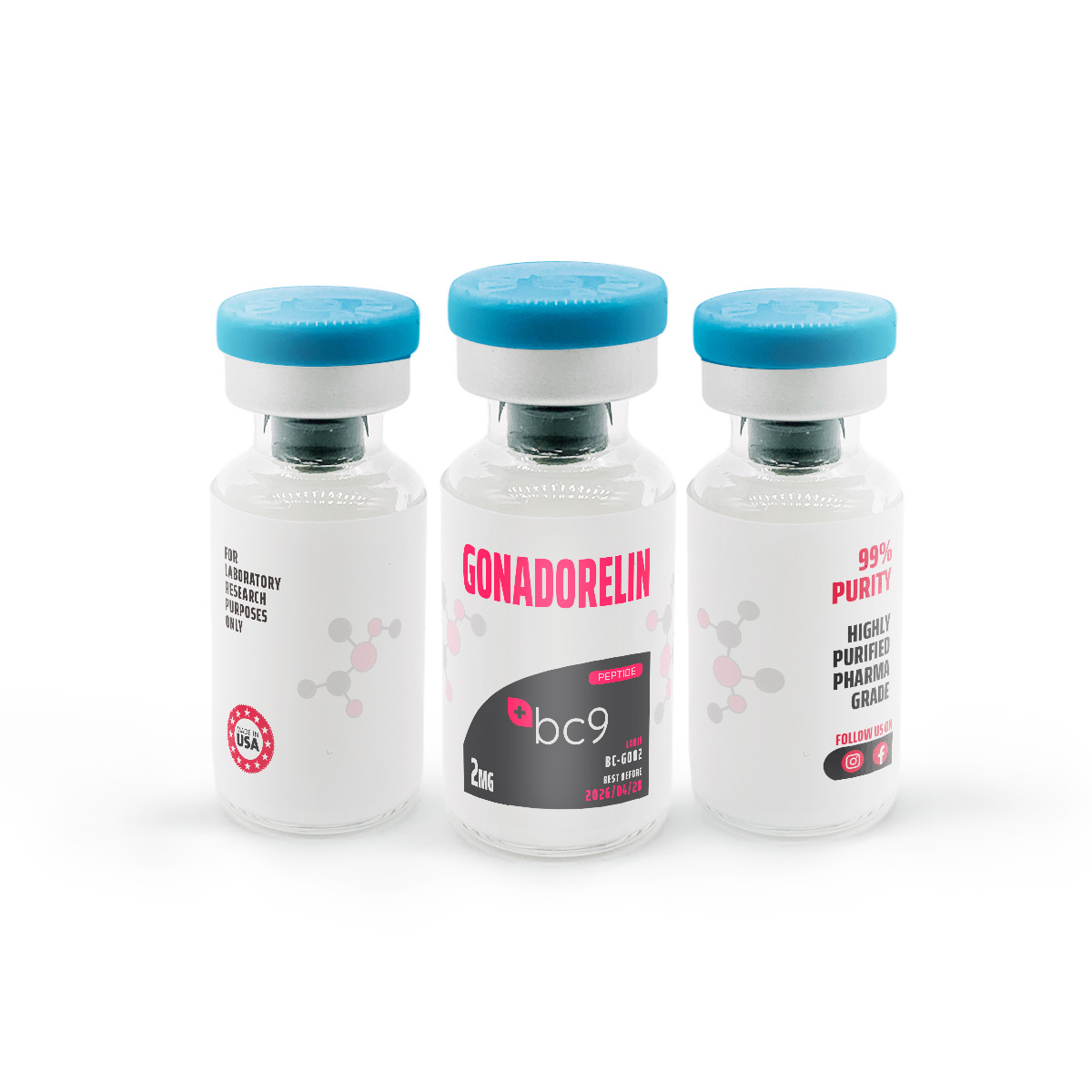

Steve Perez –
My body fats are melting.